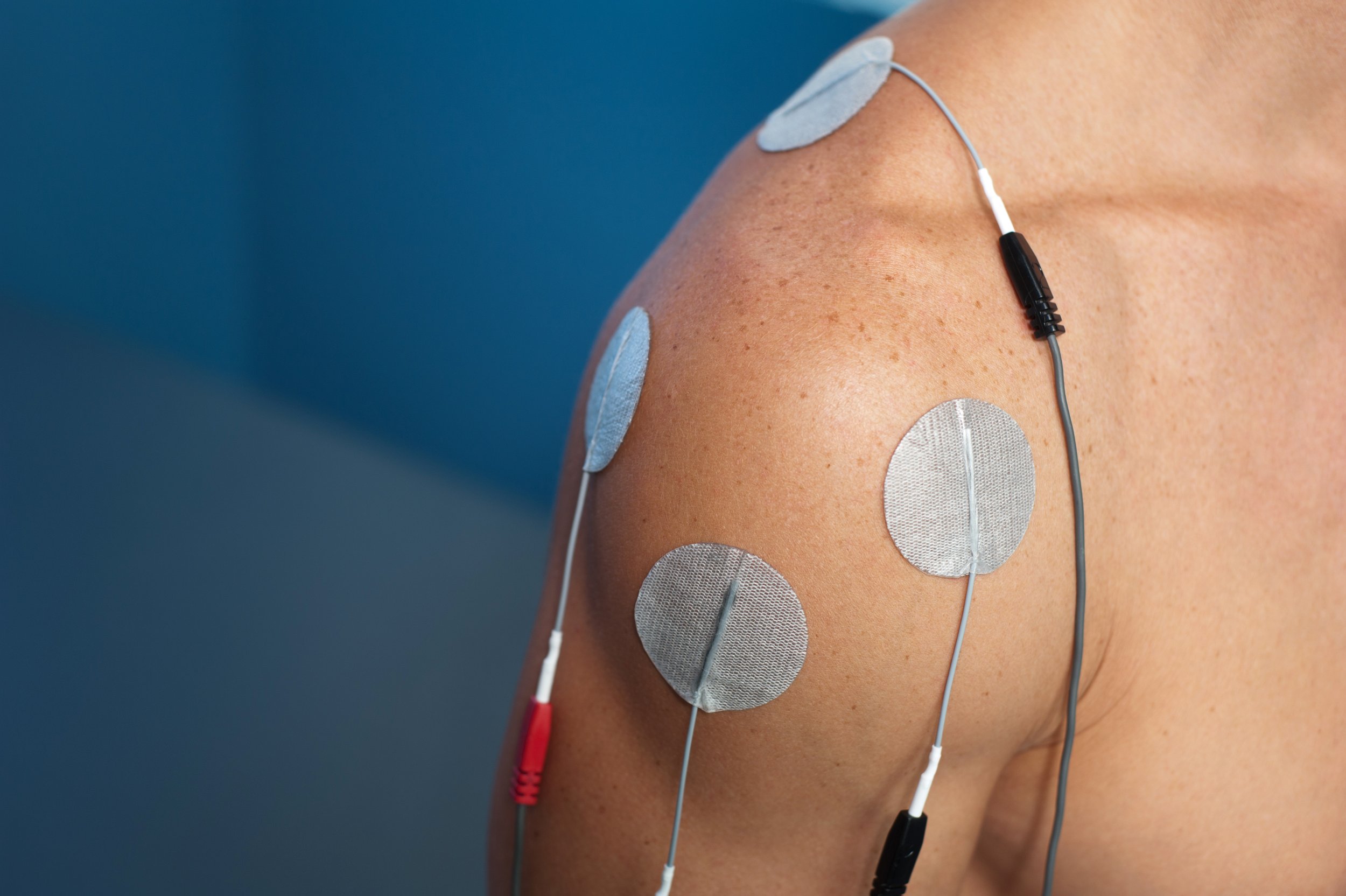Chronic pain affects millions of individuals worldwide, impacting their quality of life and daily functioning. Among the innovative treatments being explored, spinal cord stimulation (SCS) has gained attention as a promising solution for managing pain that does not respond to traditional therapies. Here is more information on the mechanism of SCS, its applications in chronic pain management, and the potential outcomes patients may experience:
Understanding Spinal Cord Stimulation
Spinal cord stimulation involves the use of a medical device that delivers electrical impulses to the spinal cord. These impulses interfere with pain signals before they reach the brain, effectively reducing the sensation of discomfort. The procedure begins with a trial phase, where temporary electrodes are placed under the skin near the spinal cord. If the trial proves effective, a permanent device is implanted.
Through its ability to target specific nerves, SCS customizes pain relief based on the patient’s needs. The intensity of electrical signals can be adjusted using an external control unit, giving patients more control over their pain management. This personalized approach makes SCS a flexible treatment option for a variety of conditions.
Managing Chronic Pain
SCS has shown potential in treating various chronic pain conditions, particularly those resulting from nerve damage or inflammation. Common conditions that respond well to spinal cord stimulation include:
- Failed Back Surgery Syndrome (FBSS): Patients experiencing persistent pain after spinal surgery often report significant relief with SCS.
- Complex Regional Pain Syndrome (CRPS): This condition, characterized by severe pain in the limbs, can be alleviated through targeted stimulation.
- Neuropathic Pain: Pain caused by nerve damage, such as diabetic neuropathy or post-herpetic neuralgia, is another common application.
- Peripheral Vascular Disease (PVD): SCS can also improve blood flow in specific cases, which alleviates ischemic pain associated with PVD.
While it is not a universal solution, SCS has proven to be particularly effective for individuals who have not found relief through medications, physical therapies, or other interventions.
Improving Patient Outcomes
Patients undergoing SCS often report significant improvements in their ability to manage pain, leading to a better quality of life. One of the primary benefits is the potential to reduce reliance on opioid medications. They carry risks of serious addiction and side effects.
The success of SCS largely depends on patient selection. Those with a clear diagnosis of neuropathic pain or another suitable condition tend to experience better outcomes. It is also necessary for patients to undergo a trial implantation to determine whether the therapy will provide sufficient relief before committing to the permanent device.
Although SCS offers numerous benefits, it is not without risks. Possible complications include device malfunction, infection, or irritation around the implantation site. Regular follow-ups with a healthcare provider are necessary to monitor the device and manage any issues that arise.
Find a Pain Management Clinic
Spinal cord stimulation represents an innovative step forward in the management of chronic pain. By using targeted electrical impulses, this therapy provides relief for patients who have exhausted conventional treatment options. With its tailored approach, SCS continues to pave the way for improved outcomes in pain relief. For individuals struggling with unresolved pain, consulting with a specialist to explore SCS may be the next step in their treatment.









Leave a Reply